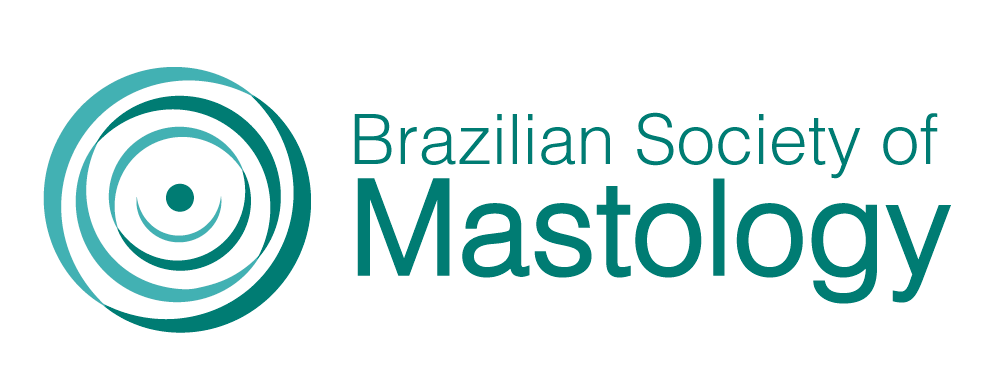COMPARATIVE ANALYSIS BETWEEN IMMUNOHISTOCHEMISTRY PATHOLOGICAL SUBTYPING AND MAMMAPRINT® GENETIC SIGNATURE IN PATIENTS WITH BREAST CANCER IN BRAZIL
A PILOT STUDY
Palavras-chave:
Breast Neoplasms, Gene Expression Profiling, Immunohistochemistry, Prognosis, Genomic Test, Breast Cancer RecurrenceResumo
Introduction: Immunohistochemistry, in breast cancer samples, measures the expression of biomarkers such as estrogen receptor (ER), progesterone receptor (PR), HER2, and Ki67. Using the positivity or negativity of the receptors and the Ki67 value, this method, along with the histological results, allows the doctors to classify the tumors into four types as follows: Luminal A, Luminal B, HER2, and basal/triple negative. Genetic signature is a tool involving in numerous studies in this area; however owing to the difficulty of access to the tests, its usefulness is still limited. MammaPrint® was the first test approved by the Food and Drugs Administration (FDA) in 2007 to measure prognostic value associated with breast cancer recurrence and classify patients with breast cancer into “low risk” or “high risk” of developing metastases within the first 10 years after diagnosis and elucidates the patient’s need for adjuvant chemotherapy. It categorizes tumors into subtypes based on biological homogeneity. This study aims to analyze the concordance between the results of immunohistochemistry pathological subtyping and MammaPrint®, which is accompanied by BluePrint®, for the classification and stratification of luminal breast cancer. Material and Methods: Data were collected from the medical records of 19 patients in the Instituto Sul Paranaense de Oncologia (ISPON) who presented immunohistochemistry and genetic test compatible with luminal tumors. Immunohistochemistry was evaluated through hormone receptors, HER2 and mainly Ki67, as defined by the 2013 St. Gallen guidelines (50% of the sample were centrally assessed). For classification by the genetic test, BluePrint® provided the molecular subtype data and MammaPrint® stratified the risk, establishing Luminal A tumors as low risk and Luminal B as high risk. The concordance between the immunohistochemical classification and the genetic test was evaluated with the nonparametric McNemar-Bowker test. The Ki67 cutoff value predictive for recurrence risk compared with MammaPrint® was accessed by the ROC curve. Results: The results showed that, on one side, only 33.3% of patients classified as Luminal A by immunohistochemistry were also classified by the genetic signature as Luminal A. On the other side, on the tumors classified as Luminal B, 60% presented agreement between the classifications. Overall agreement among the tests was 47.3%. The cutoff value found for Ki67 predictive of tumor recurrence risk was ≤5, with a sensitivity of 100% and a specificity of 33%. The agreement between hormonal receptors and HER2 with BluePrint® was 100%. Conclusion: This study provides preliminary data regarding the prognostic and predictive value of genetic and molecular tests — represented by MammaPrint®/BluePrint® and immunohistochemistry—in a sample of Brazilian population, evidencing a discrepancy between the methods. The cutoff value of Ki67 predictive for recurrence risk remains under discussion, since there is no standardization of its measurement methodology. As a result, new studies could be developed, with larger and multicentric samples.
Downloads
Downloads
Publicado
Como Citar
Edição
Seção
Licença
Copyright (c) 2021 Fabio Postiglione Mansani, Mariane Marcelino Fernandes, Mario Rodrigues Montemor Netto, Cristiane da Costa Bandeira Abrahão Nimir

Este trabalho está licenciado sob uma licença Creative Commons Attribution 4.0 International License.







